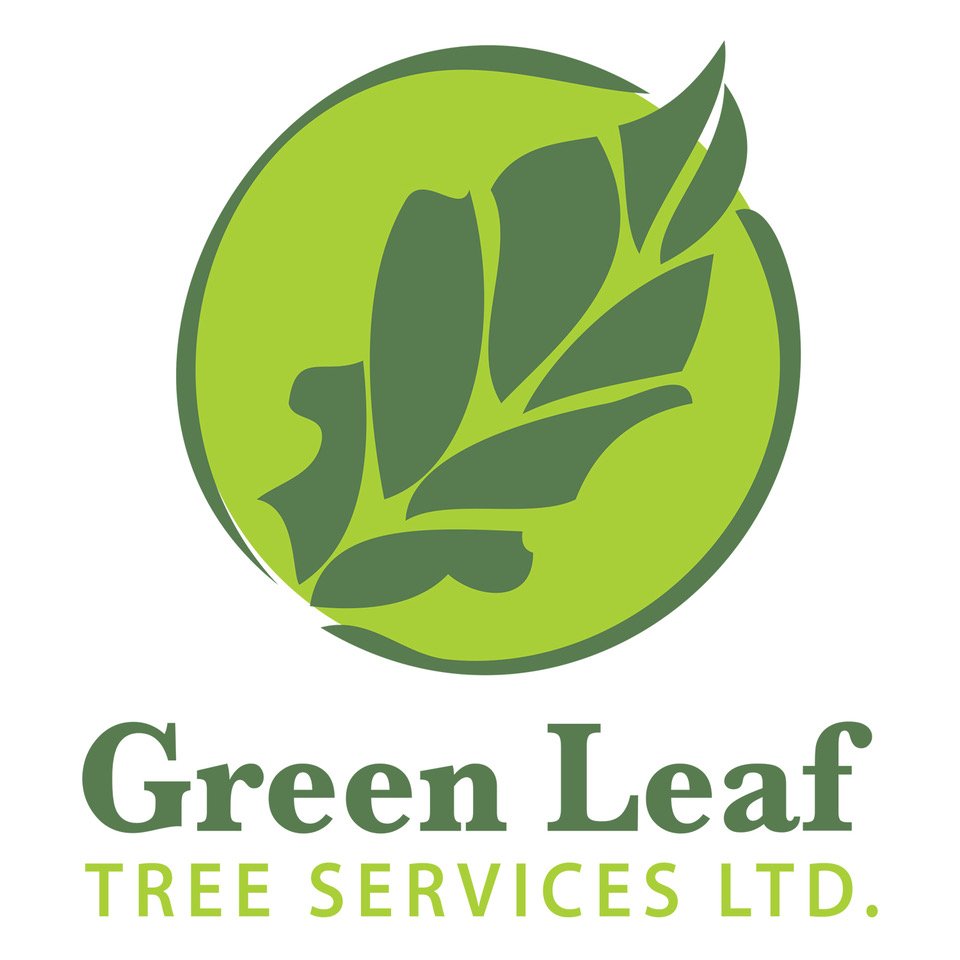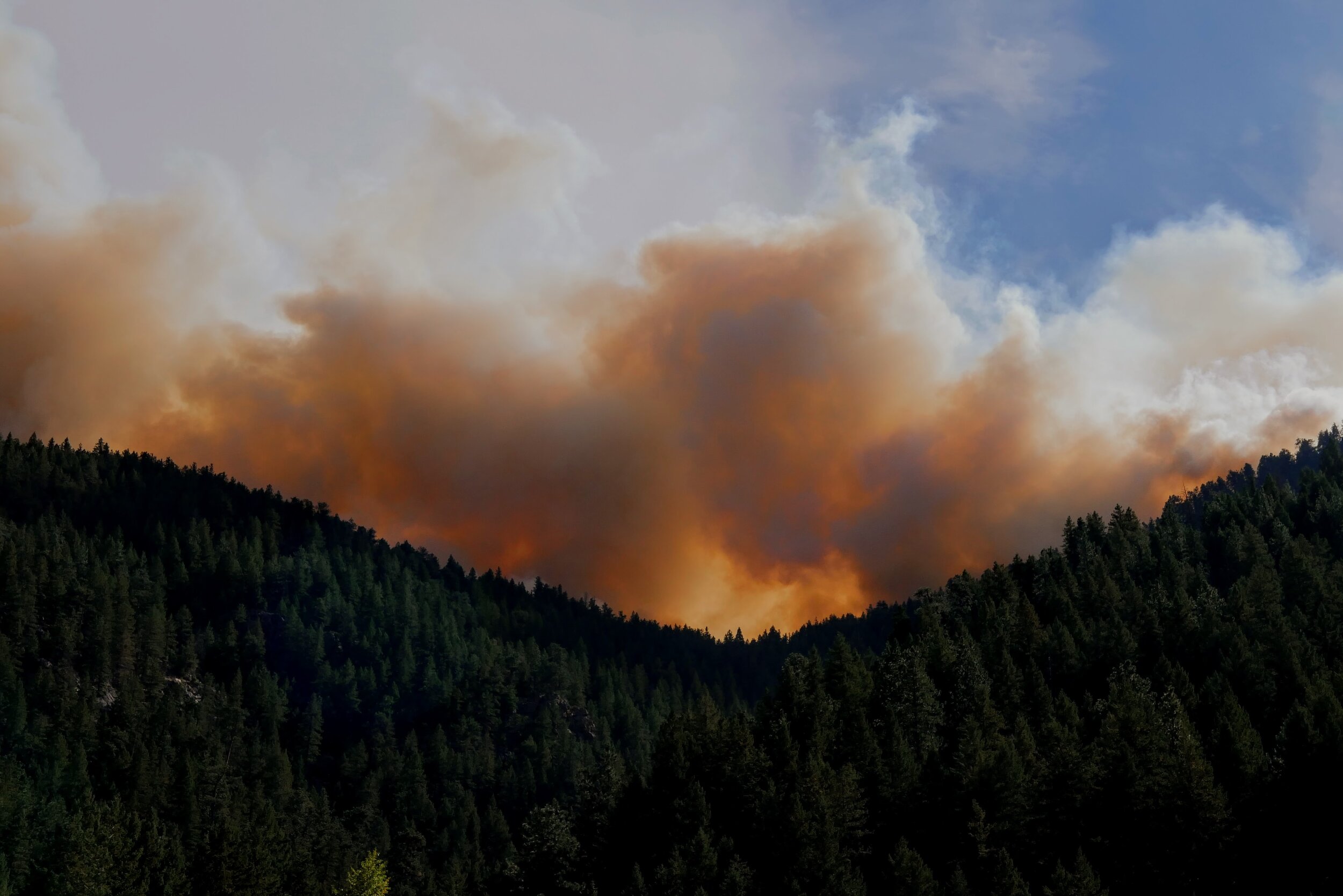FireSmart this Fall and Winter – Get the Jump on WildFire Season
/Forest Fuel Treatments don't end with summer! Fall and winter is the ideal time to reduce fuels in your yard
FireSmart doesn't end with summer! Fall and winter is the ideal time to tackle FireSmart yard projects.
As we say goodbye to summer and a wildfire season that saw draw-dropping temperatures with bone-dry landscapes and the most active wildfire season on record, wildfire preparedness has never been more important.
Don’t wait for summer and another wildfire season to prepare. This is a great time to take the required measures to ensure your property is protected.
CONTACT GLTS and book our in-house Local Fire Smart Representative who can provide a thorough assessment of your property or entire neighbourhood.
Anatomy of a wildfire
To grow, wildfires require fuel such as trees or other vegetation and unprotected homes. Importantly, some vegetation, such as coniferous trees, are highly flammable. Others, such as deciduous (leafy) trees, are much less flammable.
You may be surprised to learn that with the wind or even the energy from the fire, itself, embers or burning debris, can be cast up to two kilometres ahead of a wildfire. These airborne embers can fall and ignite your property.
Embers alone can cause serious damage. And once a structure begins to burn, it too can toss embers further onto the property and even into your community.
Create a FireSmart property
When you are proactive and create a FireSmart property, you increase the fire resistance of your home significantly, reducing the chances of wildfire damage and losses. And it’s not that hard!
Below are actions you can take this fall and winter to help prepare and protect your property for what could be another record-breaking wildfire season.
Your yard – 1.5 - 10 Metres
When you adapt your yard to FireSmart recommendations, it includes smart choices for grass, plants, shrubs, and mulch. It’s about choosing fire-resistant plants and landscape materials that help increase the likelihood your home and property will survive a wildfire.
A FireSmart yard consists of low-growing, fire-resistant plants and shrubs that are well-spaced. Try not to keep wood debris nearby – including mulch as it can provide a place for a fire to start.
Maintain a 1.5-metre, ‘non-combustible zone’ – a surface of soil, rock, or stone, with no plants, debris or combustible materials – around your entire house and any attached or nearby structures.
Consider your surroundings:
Look at your surrounding vegetation. Is it flammable or fire-resistant?
What makes a plant flammable?
•aromatic leaves or needles
•accumulations of fine, dry, dead material
•resin or oils
•loose, papery or flaky bark
What makes a plant fire-resistant?
moist, supple leaves
minimal accumulation of dead vegetation
water-like sap that produces little odour
low amount of sap or resin material
What is the condition of your grass? The fact is, a mowed lawn is a fire-resistant lawn. When you keep your lawn shorter than 10 centimetres it’s less likely to burn with any intensity. Be sure your lawn is well watered, as dry grass is much more flammable. Lastly, perhaps consider planning a xeriscape yard – designing your yard and garden with drought-resistant plants – to reduce the need for irrigation.
Does your yard contain bark mulch and pine needles? It’s best not to use mulches of bark or pine needles within 10 metres of your house. They’re highly combustible. consider a gravel mulch or perhaps a decorative crushed rock mulch to dramatically reduce the risk of wildfire.
Firewood piled next to your home is a major fire hazard. Move your woodpile and keep the area clean tidy as the wood and associated debris can ignite easily and provide convenient fuel for wildfire.
Where is your fire pit? Be sure it’s located in an area free of combustible materials – up to three metres or more.
Your home should have easy access to fire tools – garden hoses, sprinklers, shovels, rakes, axes, and ladders in the event you need to assist in suppressing a wildfire.
Managing your trees and shrubs
There is a range of considerations when it comes to the trees and shrubs in your yard and protecting your property from the dangers of wildfire:
What kind of trees do you have?
We all love a yard with trees! Not to worry – a FireSmart yard CAN include trees! We want to live surrounded by nature and trees are a beautiful part of that. And, it’s part of why we live here!
There’s no reason you can’t enjoy a wonderfully lush and green yard that is also FireSmart and wildfire resistant. A few tips:
Plant deciduous, or leafy, trees. These include:
poplar
birch
aspen
cottonwood
maple
alder
ash
cherry
To achieve a FireSmart yard, as best you can avoid coniferous trees or those with needles and cones. They are extremely flammable and should not be closer than 10 metres from your house. Coniferous trees include:
fir
spruce
pine
cedar
Please keep in mind that if coniferous trees ignite within 10 metres of your home, between the flames and the intensity of the heat can cause damage to your property or even ignite your house.
Look at the spacing of your coniferous trees. When a fire moves into the tops of the trees, it can easily move among the neighbouring trees which increases the intensity of the wildfire. Where you can, space trees at least three metres apart to help reduce the risk of fire spread.
A little proactive maintenance goes a long way! This fall, do a thorough debris clean-up. Remove dry leaves, branches, and twigs. They are very flammable and need to be removed from both your yard as well as the eavestrough of your home.
Examine any older deciduous, or leafy, trees for rot or damage that can leave them vulnerable to fire. A certified arborist can help you assess the condition of your mature trees.
CONTACT GLTS and book our in-house Local Fire Smart Representative who can provide a thorough assessment of your property or entire neighbourhood.
Remove combustible material such as smaller coniferous trees. They often act as a ‘ladder’ the allows the fire to reach the treetops. Clear and clean any woody debris on the ground below them.
Keep trees pruned. A fire can move from the ground surface and climb trees quickly. Remove those branches that hang within two metres of the ground. It will help stop a fire from climbing from the ground up the tree.
Coniferous trees are best pruned in late winter while they’re dormant. Remove all dead branches close to the trunk of the tree, but not so close that you risk damaging the trunk. To avoid doing serious harm to the tree, never prune away more than one-third of its canopy.
10 - 30 metres and beyond
Power lines - Ensure that your power lines are clear of branches and other vegetation. You can contact GLTS or your local utility company to discuss removing any branches or vegetation from around overhead electrical installations.
Driveways and roads - To be safe in an emergency, in the event you and your family need to leave your neighbourhood or community as emergency personnel enter, consider the following:
Be sure the address of your property is clearly marked and visible from the road
Take down branches or even trees that may make it difficult for an emergency vehicle to access your home.
Your neighbourhood – As you follow the FireSmart recommendations for your home and property, consider how you can take similar measures to help protect your neighbourhood. Talk to your neighbours and community about the benefits of FireSmart. Information shared, combined with neighbourhood co-operation and planning, will be very helpful.
The FireSmart Canada Neighbourhood Recognition Program (FCNRP) recognizes neighbourhoods that:
complete a neighbourhood assessment and FireSmart plan
organize a local FireSmart committee
host a FireSmart event, such as a clean-up day
contribute in-kind or monetary support toward FireSmart actions
Let GLTS help – a FireSmart assessment can save your home!
A Home Ignition Zone Assessment is a vital step in helping to identify hazards in order to reduce the risk of fire on your property.
FireSmart is not an all or nothing approach and can often be an actionable plan spread out in time in order to meet the recommendations. As wildfire seasons become longer and more intense, don’t delay in preparing your home, property, and neighbourhood.
Green Leaf Tree Services has years of experience providing prescribed FireSmart treatments for residential property owners in the Columbia Valley. We have an in-house local Fire Smart Representative who can provide a thorough assessment of your property or entire neighbourhood.
Receive a detailed report that offers actionable steps to start reducing the wildfire risk right away!
We are also experts at removing and pruning trees to meet the FireSmart guidelines and can provide our expertise to help you with your FireSmart project. Let us provide a thorough assessment of your property or entire neighbourhood.
Give us a call or CONTACT US today to arrange a FireSmart assessment for any property in the Columbia Valley.












